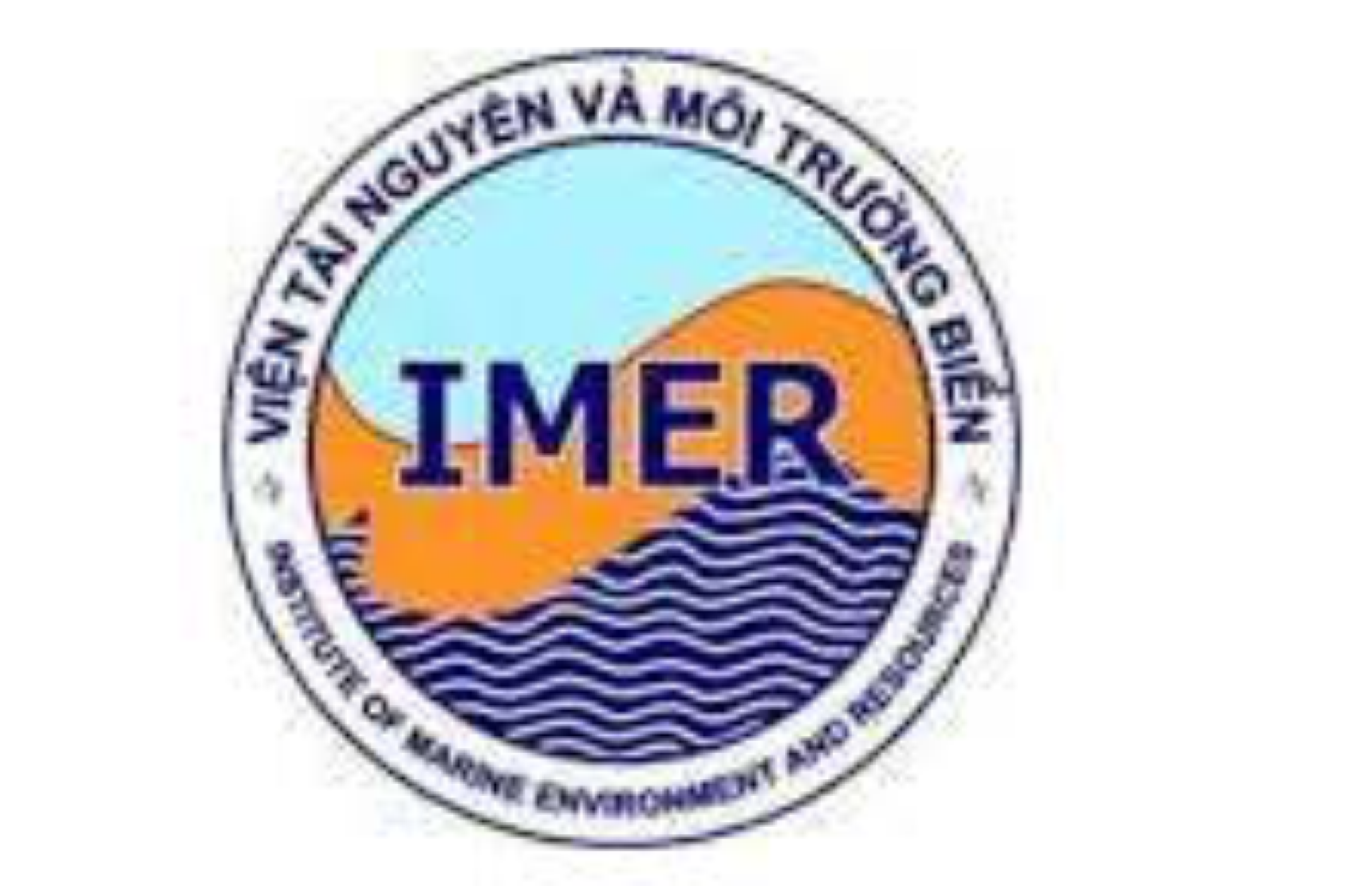THE COMPOSITION AND CATCHING STATUS OF GROUPER SEEDS IN QUY NHON BAY, BINH DINH
Author affiliations
DOI:
https://doi.org/10.15625/1859-3097/13/3/3529Keywords:
Grouper’s fry/fingerling, the fishing status, species composition, Quy Nhon bay.Abstract
Grouper seed harvested from wild sources provide importantly for the development of commercial marine fish farming. The grouper fingerling exploitation in the Gulf of Quy Nhon initially identified five species, including Banded grouper (Epinephelus amblycephalus), Yellow grouper (Epinephelus awoara), Longtooth grouper (Epinephelus bruneus), Malabar grouper (Epinephelus malabaricus) and grouper (Epinephelus sp); in which Malabar grouper occupied of high proportion of over 30%. Grouper fishing areas are along the northern and western seacoast of the bay, where ground catching are the coasts from Ngheng Rang extends into the south. Fishing gears of wild - catching seed are mainly by trap wire or nigh - light with artificial substrate. The night - light trap operates at night to attract grouper living in trap, and wire trap set up underground along the coast. Grouper fishing season just normally after a period of small flood from April to May or rainstorms from July to August. The appearance of grouper juveniles is usually very short lasting from 10 to 20 days and seasonal appearance may change. The production depends upon the number of dates and time of appearance; production of grouper fingerlings estimated annual extraction about 2.4 million.Downloads
Download data is not yet available.
Metrics
Metrics Loading ...
Downloads
Published
26-12-2014
How to Cite
Quang, V. V., Van, T. T. L., & Thinh, T. C. (2014). THE COMPOSITION AND CATCHING STATUS OF GROUPER SEEDS IN QUY NHON BAY, BINH DINH. Vietnam Journal of Marine Science and Technology, 13(3), 241–248. https://doi.org/10.15625/1859-3097/13/3/3529
Issue
Section
Articles









